3D Printing Technologies
Discover our advanced 3D printing technologies. From rapid prototyping to production manufacturing, we offer cutting-edge solutions for every application and industry requirement.
Our 3D Printing Technologies
Each technology offers unique advantages for different applications. Explore our comprehensive range of additive manufacturing solutions.
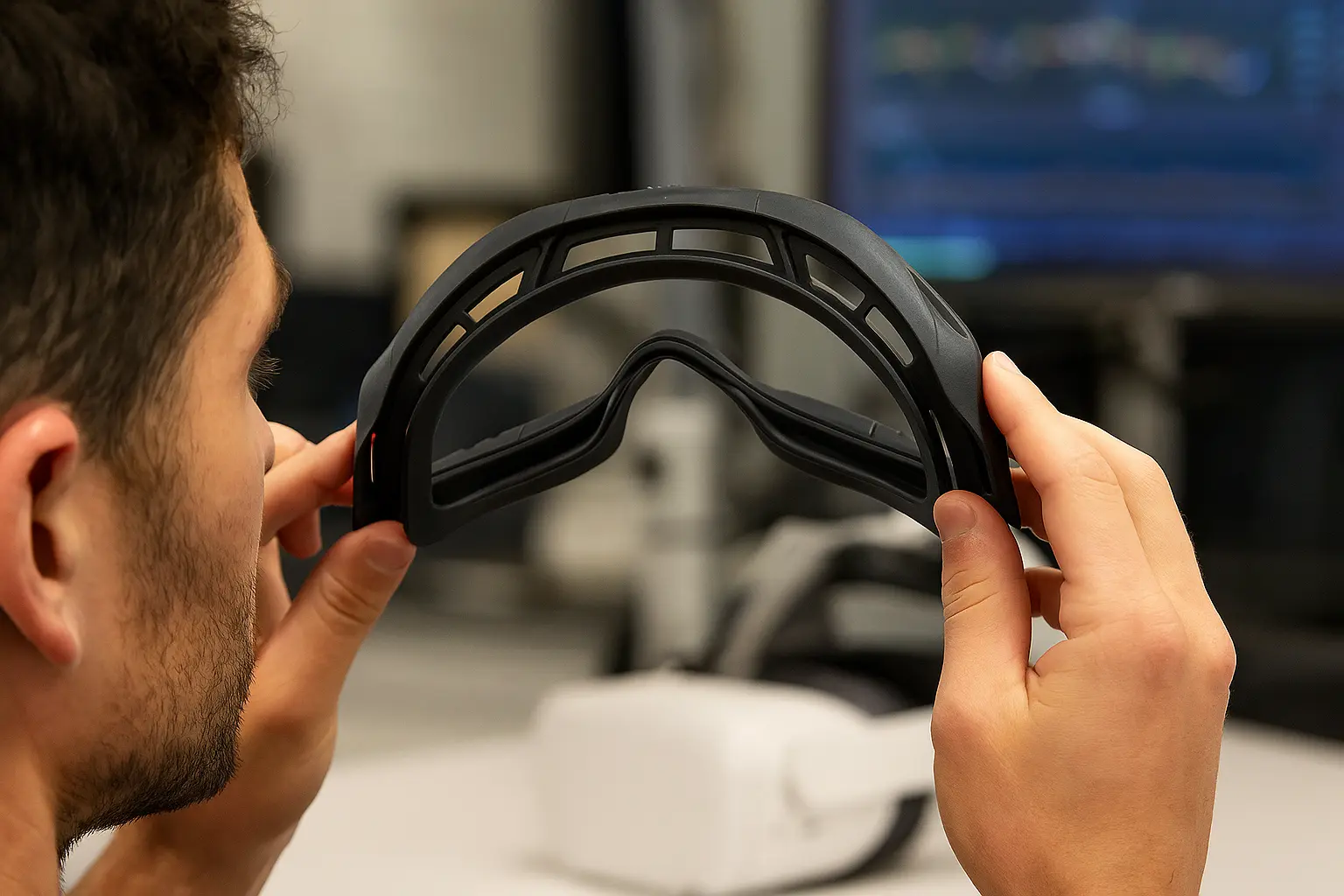
Selective Laser Sintering
(SLS)
Support-free manufacturing of complex geometries using engineering-grade nylon materials. High mechanical strength with uniform properties for functional prototypes and production parts with cost-effective batch manufacturing.
Build Volume
340 × 340 × 600 mm (13.4 × 13.4 × 23.6 in)
Layer Height
60 - 120 microns
Tolerance
±0.25% (Lower limit of ±0.25 mm)
Materials
4 available
Key Advantages
No Support Structures
Cost-Effective for Complex Parts
Engineering-Grade Materials
+3 more advantages
Popular Applications
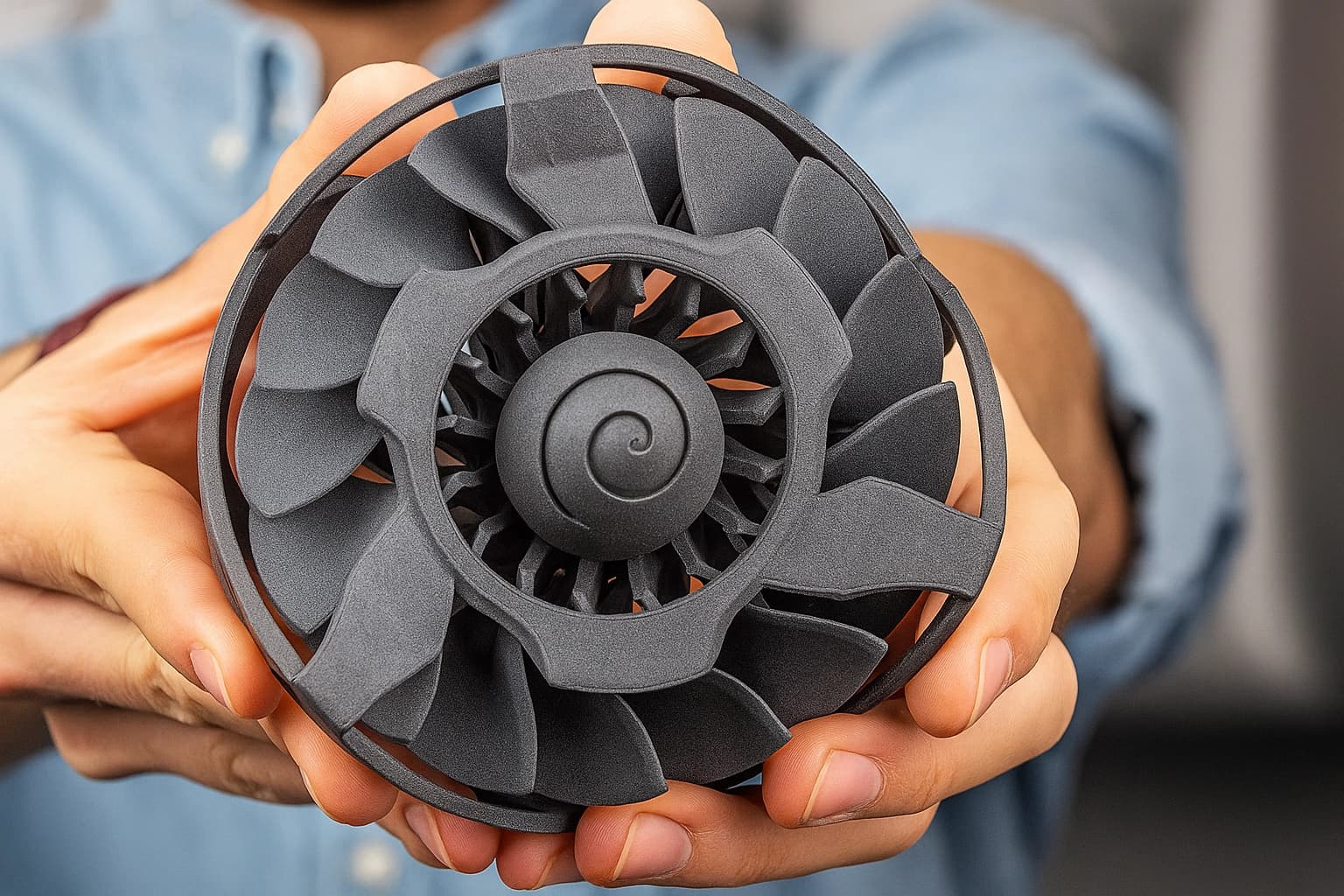
Multi-Jet Fusion
(MJF)
Precision engineering with fine detail resolution and excellent surface quality. Production-grade materials for strength and durability with scalable batch production.
Build Volume
380 × 284 × 380 mm (15 × 11.2 × 15 in)
Layer Height
80 microns
Tolerance
±0.3%, Lower limit of ±0.5 mm
Materials
2 available
Key Advantages
Excellent Detail & Precision
High-Speed Production
Consistent Mechanical Properties
+3 more advantages
Popular Applications
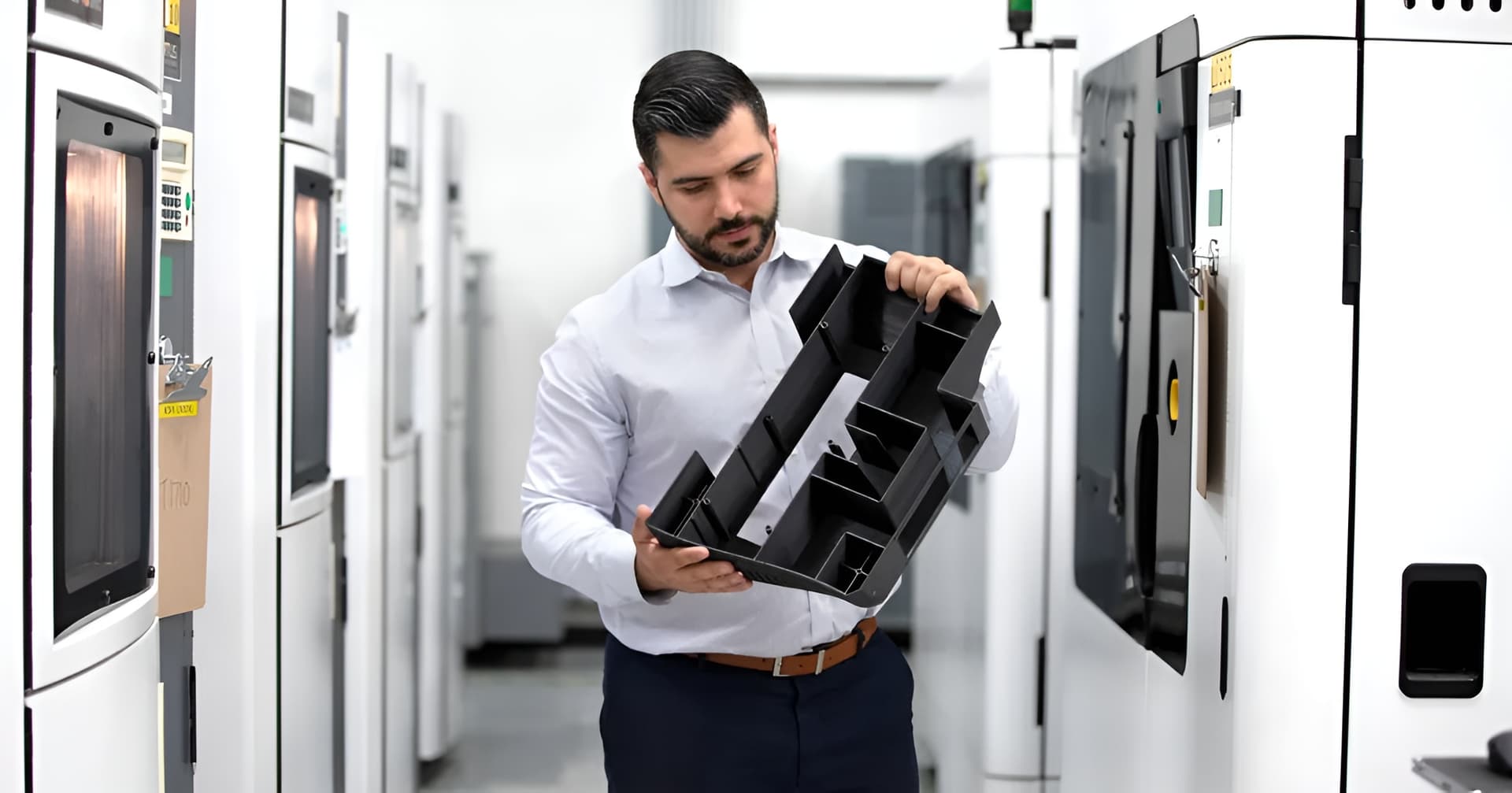
Fused Deposition Modeling
(FDM)
Industry-leading precision with best-in-class repeatability and layer adhesion using industrial-grade thermoplastics.
Build Volume
914 × 609 × 914 mm (36" × 24" × 36")
Layer Height
127 - 330 microns
Tolerance
±0.25 mm (Fortus 450) / ±0.762 mm (Fortus 900)
Materials
10 available
Key Advantages
Large-Format Printing
Cost-Effective Manufacturing
Functional Prototyping
+4 more advantages
Popular Applications

Fused Filament Fabrication
(FFF)
Accessible extrusion-based 3D printing for rapid concept validation, design iteration, and non-critical prototyping with standard thermoplastic filaments.
Build Volume
250 × 210 × 210 mm (9.8" × 8.3" × 8.3")
Layer Height
50 - 300 microns
Tolerance
±0.3-0.5 mm typical
Materials
0 available
Key Advantages
Cost-Effective Prototyping
Fast Turnaround
Material Accessibility
+1 more advantages
Popular Applications
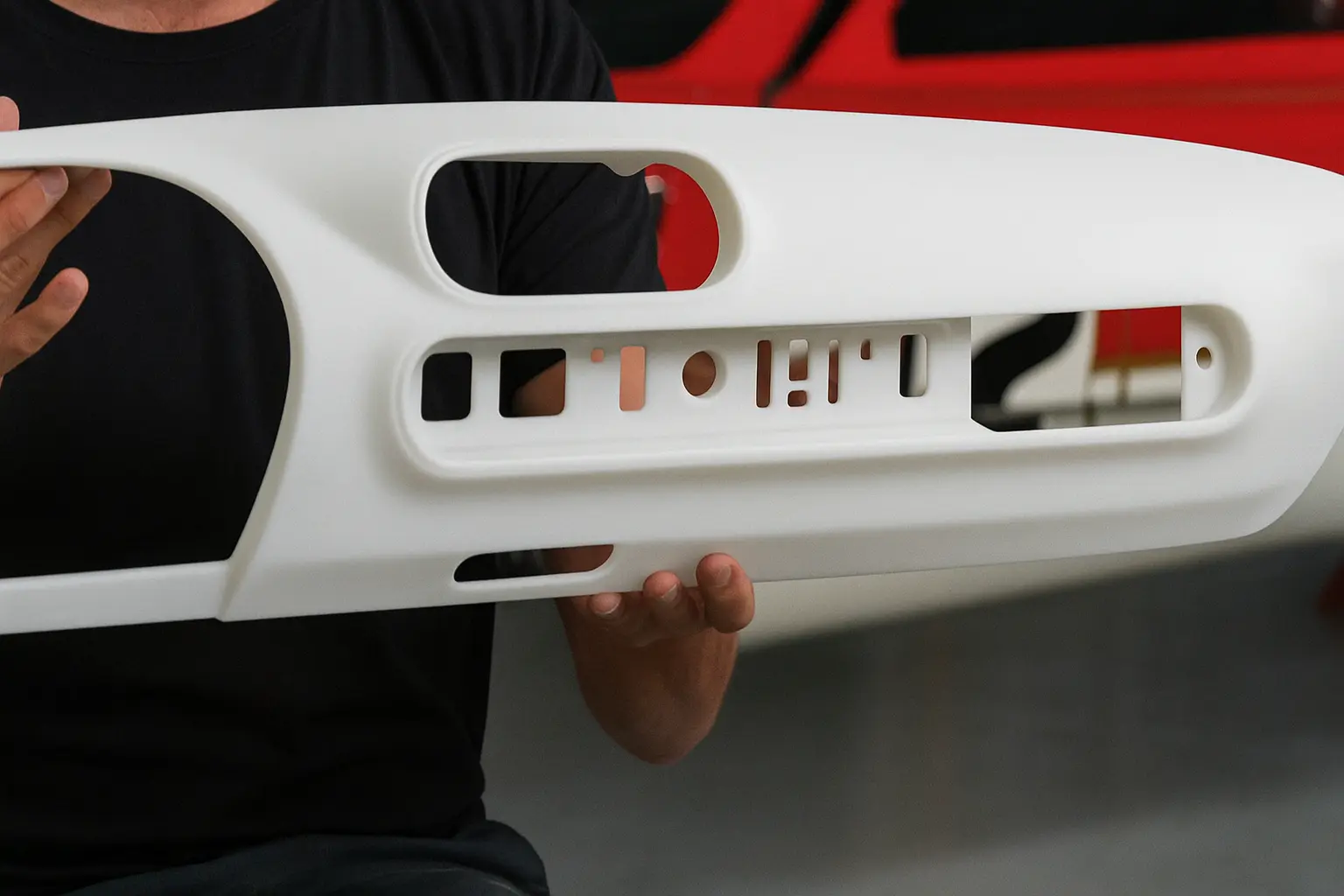
Stereolithography
(SLA)
Ultra-high resolution resin parts with smooth surface finish and exceptional detail.
Build Volume
1500 × 750 × 550 mm (59 × 29.5 × 21.7 in)
Layer Height
0.025 - 0.150 mm
Tolerance
±0.25% (Standard) / ±0.4% (Large parts)
Materials
5 available
Key Advantages
Highest Detail
Smooth Finish
Material Variety
+1 more advantages
Popular Applications
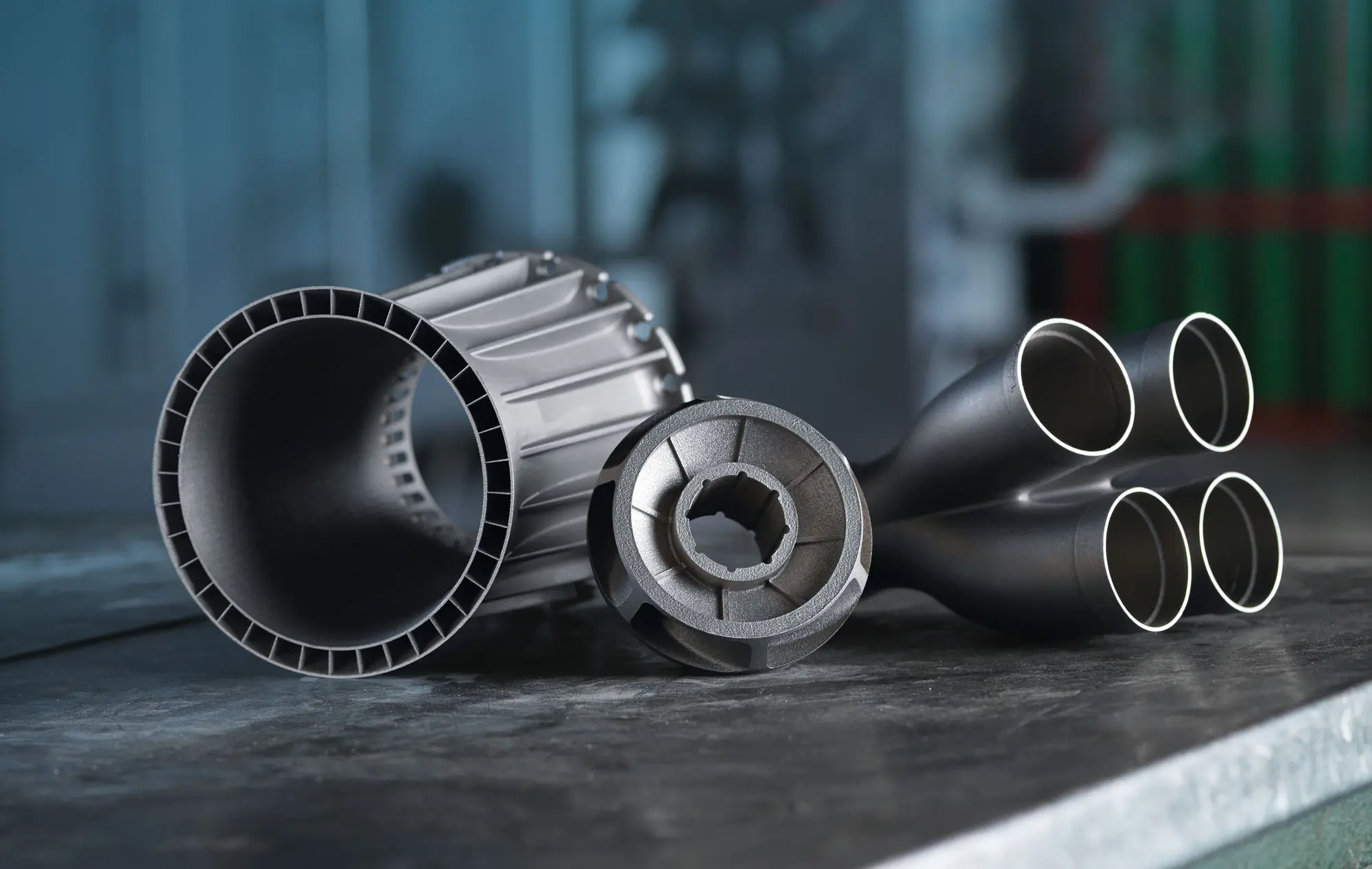
Direct Metal Laser Sintering
(DMLS)
Fully dense, high-performance metal parts with exceptional strength for aerospace, automotive, and medical applications.
Build Volume
380 × 284 × 380 mm (15 × 11.2 × 15 in)
Layer Height
0.02 - 0.06 mm
Tolerance
±0.2mm to ±0.5mm (Size dependent)
Materials
6 available
Key Advantages
Fully Dense Metal Parts
Complex Geometries
High Strength & Durability
+4 more advantages
Popular Applications

Selective Laser Melting
(SLM)
Complete powder melting for ultra-high density metal parts with superior mechanical properties and fine surface detail.
Build Volume
250 × 250 × 325 mm (10 × 10 × 13 in)
Layer Height
0.02 - 0.05 mm
Tolerance
±0.1mm to ±0.3mm (Feature dependent)
Materials
0 available
Key Advantages
Maximum Density
Superior Fatigue Performance
Fine Detail Resolution
+1 more advantages
Popular Applications

PolyJet Matrix
(PolyJet)
Multi-material 3D printing with exceptional detail resolution and the ability to combine rigid, flexible, and transparent materials in a single build.
Build Volume
380 × 284 × 380 mm (15 × 11.2 × 15 in)
Layer Height
0.028 mm (28 microns)
Tolerance
±0.2% (Lower limit of ±0.2 mm)
Materials
3 available
Key Advantages
Multi-Material Integration
Variable Shore Hardness
Exceptional Detail Resolution
+3 more advantages
Popular Applications

CNC Machining
(CNC)
Precision subtractive manufacturing for high-tolerance parts across metals and advanced engineering polymers. Multi-axis CNC milling, turning, and finishing deliver production-grade components with repeatable quality.
Build Volume
1000 x 600 x 500 mm (39.4 x 23.6 x 19.7 in)
Layer Height
N/A (subtractive machining)
Tolerance
+/- 0.020 mm achievable (material and geometry dependent)
Materials
0 available
Key Advantages
Inspection-Ready Tolerances
Production Surface Quality
Hybrid Material Capabilities
+3 more advantages
Popular Applications
Understanding 3D Printing Technology Families
At Forge Labs, our 3D printing technologies span three primary material categories: thermoplastics, resins, and metals. Each family offers distinct advantages for specific applications, performance requirements, and manufacturing goals. Understanding these categories helps you select the optimal technology for your project.
Thermoplastic 3D Printing
Thermoplastic technologies represent the most versatile and widely-used category in additive manufacturing. These processes work with engineering-grade polymers that can be repeatedly heated and cooled, making them ideal for both rapid prototyping and end-use production parts. Thermoplastic 3D printing offers exceptional mechanical properties, chemical resistance, and the ability to produce functional parts that can withstand real-world applications.
Our thermoplastic technologies include Selective Laser Sintering (SLS), which uses a laser to fuse nylon powder into strong, durable parts without support structures; Multi Jet Fusion (MJF), HP's advanced powder-based technology that delivers superior detail and faster production speeds; and Fused Deposition Modeling (FDM), an extrusion-based process perfect for large-scale prototypes and tooling applications.
Resin-Based 3D Printing
Resin-based technologies excel at producing parts with exceptional surface finish and fine detail resolution. These photopolymer processes use UV light to selectively cure liquid resin layer by layer, enabling the creation of intricate geometries and smooth surfaces that require minimal post-processing. Resin printing is the preferred choice for applications demanding high aesthetic quality, precise features, or complex internal structures.
We offer Stereolithography (SLA), the original resin 3D printing technology known for producing parts with outstanding surface quality and dimensional accuracy, and PolyJet, Stratasys's multi-material jetting technology that can print with multiple materials and colors simultaneously, including rigid, flexible, and transparent options in a single build.
Metal 3D Printing & CNC Machining
Metal manufacturing technologies enable the production of industrial-grade metal components with mechanical properties equivalent to or exceeding traditionally manufactured parts. These processes are essential for aerospace, automotive, medical, and defense applications where strength, durability, and material certification are critical requirements. Metal additive manufacturing unlocks design possibilities impossible with conventional methods, including complex internal channels, lightweight lattice structures, and consolidated assemblies.
Our metal capabilities include Direct Metal Laser Sintering (DMLS), a powder bed fusion process that uses a laser to build fully dense metal parts from materials like titanium, aluminum, stainless steel, and Inconel, and CNC Machining, a subtractive manufacturing process that precisely removes material from solid metal blocks to create parts with tight tolerances and excellent surface finishes. CNC machining complements our additive technologies by offering an alternative route for metal parts requiring specific material properties or traditional manufacturing approaches.
Each technology family at Forge Labs has been selected to provide comprehensive manufacturing solutions across diverse industries and applications. Our engineering team works closely with clients to recommend the optimal technology based on material requirements, mechanical properties, surface finish expectations, production volumes, and budget constraints. Whether you need functional prototypes, low-volume production, or high-performance end-use parts, we have the technology and expertise to bring your designs to life.
Start Your Project
Upload your CAD files and get instant pricing across all our 3D printing technologies. Our experts will help you choose the perfect manufacturing solution for your specific requirements.
Click to start your quote
STL, STEP, OBJ, 3MF supported | Get instant pricing